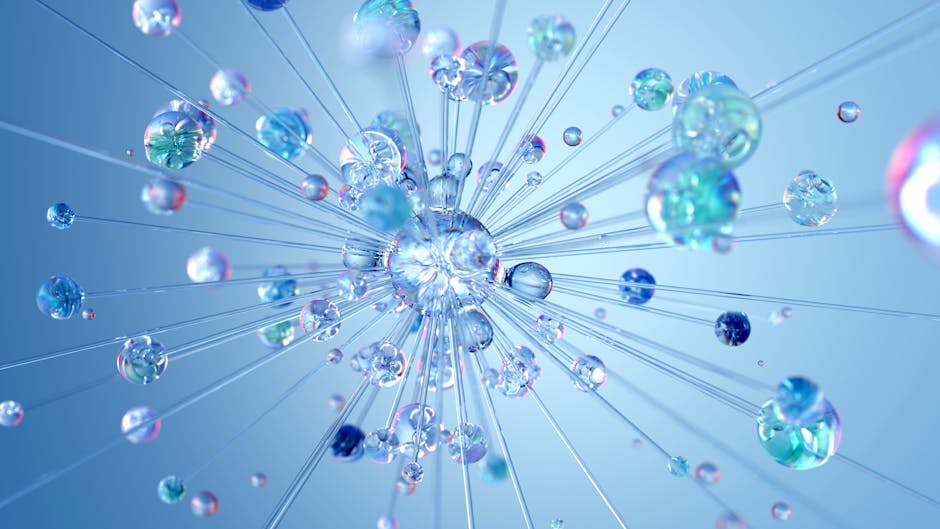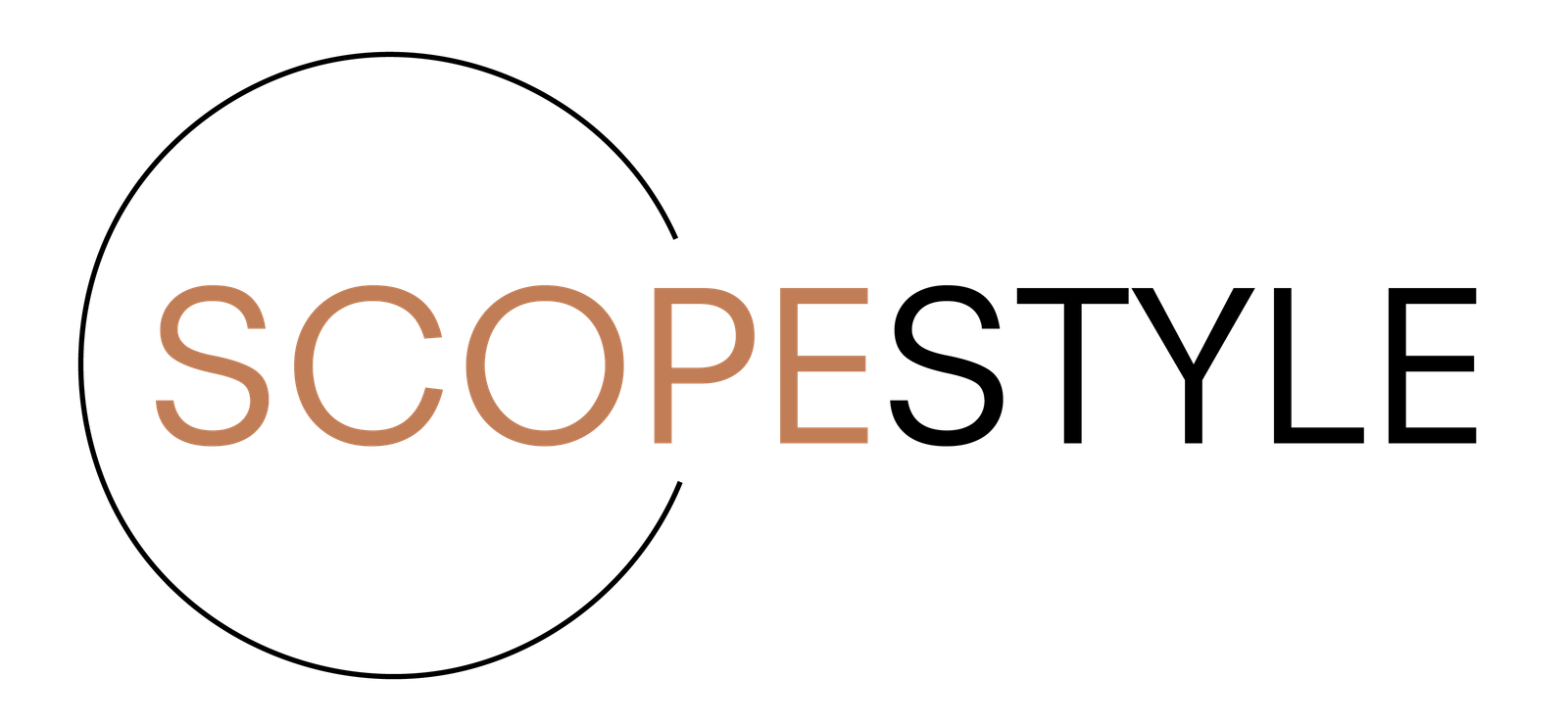
Introduction
Importance of Beauty Standards in Society
The significance of beauty standards in society cannot be overlooked, as they play a crucial role in influencing individual perceptions and preferences. These standards are often influenced by evolutionary factors that have shaped human beings’ perceptions of attractiveness over time. The concept of beauty goes beyond mere aesthetic pleasure; it is deeply rooted in the evolutionary basis of attraction. Studies have shown that certain facial features are universally perceived as attractive due to their association with biological fitness and reproductive success.
Impact of Sociocultural Pressures on Body Image
Sociocultural pressures have a profound impact on individuals’ body image and self-perception. The portrayal of idealized beauty standards in media and popular culture can lead to feelings of inadequacy and low self-esteem among individuals who do not conform to these standards. This can result in the development of harmful behaviors such as disordered eating habits, excessive exercise, and body dysmorphia. The constant exposure to unrealistic beauty ideals can create a distorted perception of one’s own body, leading to dissatisfaction and psychological distress.
It is essential to recognize the complex interplay between evolutionary influences and sociocultural pressures when examining the concept of beauty standards. By understanding the underlying mechanisms that drive human preferences and perceptions of attractiveness, we can gain insight into the diverse ways in which individuals navigate the societal expectations surrounding beauty.
Historical Perspectives
Evolution of Beauty Ideals Over Time
The evolutionary perspective on attractiveness posits that preferences for certain traits have developed over time due to their adaptive function. While some traits may be universally preferred, there is variability in individual preferences. Research has examined how external cues influence perceptions of attractiveness and guide behavior.
Cultural Variations in Beauty Standards
Studies have shown that cultural factors play a significant role in shaping beauty standards. What is considered attractive can vary widely across different societies and historical periods. The influence of social norms, media portrayals, and historical contexts all contribute to the diversity of beauty ideals. Understanding these variations can provide insight into the complex interplay between biology and culture in shaping perceptions of attractiveness.
Women’s Perception
Internalized Beauty Ideals among Women
The evolution of beauty ideals over time reflects a complex interplay between biological preferences and cultural influences. Research indicates that while some traits may have universal appeal, individual preferences vary due to adaptive functions guiding behavior. Women, in particular, have shown a heightened awareness of attractiveness in potential partners, influenced by both evolutionary inclinations and societal norms.
Sociocultural Pressures on Female Body Image
Cultural variations in beauty standards have a profound impact on women’s perception of self-image. Sociocultural factors, such as media representations and historical contexts, contribute to the diverse range of beauty ideals across societies and time periods. Women often face pressures to conform to these ideals, leading to internalized beauty standards that may influence their confidence and self-esteem. Understanding the dynamic relationship between biology and culture is crucial in comprehending the complexities of female body image.
Men’s Perception
Influence of Media on Male Body Image
The portrayal of idealized male bodies in media has a significant impact on men’s perceptions of attractiveness. Images of muscular and toned physiques in advertisements, movies, and social media platforms often create unrealistic standards that men may strive to achieve. These representations can lead to body dissatisfaction and low self-esteem, as men compare themselves to the perceived standards of physical perfection perpetuated by the media.
Societal Expectations of Male Physical Appearance
Societal norms and expectations regarding male physical appearance also influence men’s ideals of attractiveness. Culturally specific ideals of masculinity and beauty shape how men perceive their own bodies and the bodies of others. Factors such as muscularity, height, and facial features are often emphasized as desirable traits in men. These expectations can vary across different cultures and time periods, reflecting the dynamic nature of beauty standards and the influence of social constructs on perceptions of attractiveness.
Psychological Effects
Body Dysmorphia and Eating Disorders
The influence of media and societal expectations on men’s perceptions of attractiveness can contribute to the development of body dysmorphia and eating disorders. When men internalize unrealistic standards of male beauty, they may experience dissatisfaction with their own bodies, leading to distorted self-image and preoccupation with perceived flaws. This can manifest in behaviors such as excessive exercise, restrictive eating patterns, or the misuse of supplements in an attempt to conform to the societal ideals of an ideal male physique. Such behaviors can escalate to more severe conditions like muscle dysmorphia or anorexia nervosa, impacting both physical and mental well-being.
Mental Health Implications of Unrealistic Beauty Standards
The perpetuation of unrealistic beauty standards in media can have detrimental effects on men’s mental health. Constant exposure to images of unattainable physical ideals can contribute to feelings of inadequacy, self-doubt, and anxiety. Men who feel pressure to meet these standards may experience heightened levels of stress and body image dissatisfaction, which can lead to depression and low self-esteem. The mental health implications of striving to achieve unrealistic beauty standards can also extend to social interactions, as individuals may avoid certain activities or social settings due to fears of judgment based on their appearance. It is important to recognize the psychological toll that unrealistic beauty standards can have on men and to promote a more inclusive and diverse representation of male bodies in media and society.
Intersectionality
Race and Beauty Standards
The interplay between race and beauty standards significantly impacts individuals’ perceptions of attractiveness. Across different racial groups, ideals of beauty can vary widely, influenced by historical, cultural, and societal factors. People of color may experience unique challenges related to beauty standards that often prioritize Eurocentric features. These standards can perpetuate feelings of inadequacy and marginalization among individuals whose appearances do not align with mainstream norms. It is important to recognize and challenge the narrow definitions of beauty that exclude diverse racial representations.
LGBTQ+ Community and Body Image
For members of the LGBTQ+ community, body image perceptions are influenced by a complex interplay of factors. Societal norms around gender expression and sexual orientation can shape individuals’ ideals of attractiveness and desirability. LGBTQ+ individuals may navigate beauty standards that intersect with both heteronormative ideals and within LGBTQ+ subcultures. Pressures to conform to stereotypes or fit certain beauty norms can contribute to body image concerns and self-esteem issues within this community. Embracing diversity and promoting body positivity that celebrates all genders and sexual identities is crucial in fostering inclusive beauty standards.
Changing Trends
Body Positivity Movement
The body positivity movement has gained momentum in recent years, advocating for acceptance and celebration of diverse body shapes, sizes, and appearances. This shift in perspective aims to challenge traditional beauty standards that often perpetuate harmful ideals and unrealistic expectations. Individuals are increasingly encouraged to embrace their bodies as they are, fostering self-love and acceptance regardless of societal norms. By promoting inclusivity and diversity in beauty, the body positivity movement strives to empower individuals to feel confident and comfortable in their own skin.
Impact of Social Media on Beauty Perception
Social media platforms have become influential in shaping beauty perceptions and ideals, often setting unrealistic standards for beauty and perfection. The curated images and filters prevalent on these platforms can create a distorted view of reality, leading individuals to compare themselves to unattainable beauty benchmarks. The constant exposure to idealized images can impact self-esteem and body image, fostering feelings of inadequacy and dissatisfaction. It is important for individuals to approach social media with a critical eye and prioritize authenticity over edited representations. By promoting genuine portrayals of beauty and diversity, social media can play a positive role in expanding beauty standards and promoting inclusive representations of attractiveness.
Research Findings
Studies on Body Attractiveness Perception
Research has shown that perceptions of attractiveness are influenced by a combination of biological, cultural, and social factors. Individuals’ preferences for certain physical traits can vary based on factors such as hormone levels, familiarity, and social learning. These preferences serve an adaptive function, guiding behaviors related to mate selection and social interactions.
Psychological Studies on Beauty Standards
Psychological studies have delved into the impact of beauty standards on individuals’ self-perception and mental well-being. Intersectionality plays a crucial role in shaping beauty ideals, with race and gender identity influencing perceptions of attractiveness. The LGBTQ+ community faces unique challenges in reconciling societal beauty norms with personal identity, leading to concerns around body image and self-esteem. Promoting inclusive beauty standards that embrace diversity is essential in fostering a more inclusive and accepting society.Research Findings
Studies on Body Attractiveness Perception
Studies have demonstrated that individuals’ perceptions of attractiveness are shaped by a complex interplay of biological, cultural, and social factors. It has been observed that preferences for specific physical traits can vary significantly among individuals, influenced by variables such as hormone levels, personal attractiveness, and visual experiences. These preferences are believed to have an adaptive function, aiding in the selection of suitable mates and guiding interactions within social settings.
Psychological Studies on Beauty Standards
Psychological research has explored the ways in which societal beauty standards impact an individual’s self-perception and mental well-being. The concept of intersectionality has been identified as a crucial determinant in defining beauty ideals, with factors such as race and gender identity playing a pivotal role in shaping perceptions of attractiveness. The LGBTQ+ community faces unique challenges in reconciling these societal beauty norms with their personal identities, often leading to struggles surrounding body image and self-esteem. Emphasizing the importance of inclusive beauty standards that celebrate diversity is essential for fostering a more tolerant and accepting society.
Conclusion
Summary of Key Points
The exploration of attractiveness perception and beauty standards reveals a multifaceted relationship between biological, cultural, and social influences on individual preferences. From the impact of hormone levels to the complexities of intersectionality, it is evident that the perception of beauty is deeply intertwined with various aspects of human experience.
Call to Action for Promoting Healthy Body Image
Recognizing the diverse factors that contribute to beauty standards and attractiveness perception, there is a growing need for initiatives that promote positive body image and self-acceptance. By advocating for inclusive beauty ideals and embracing the uniqueness of individuals, we can foster a more supportive and inclusive environment that values diversity in all its forms.
